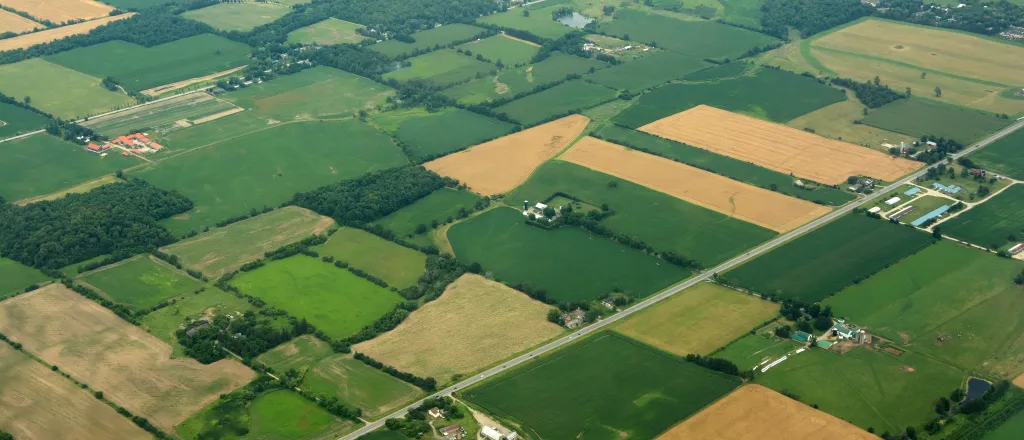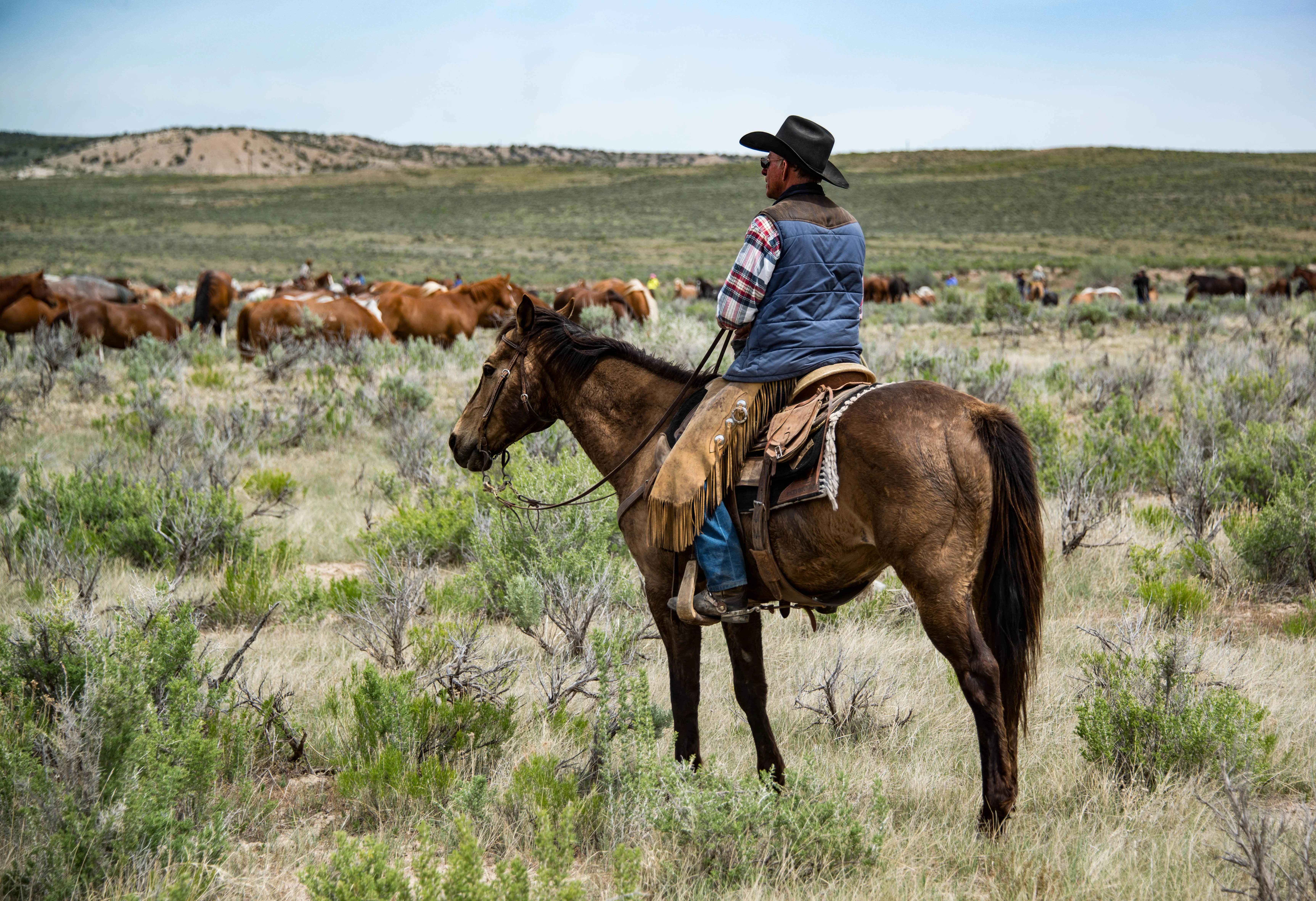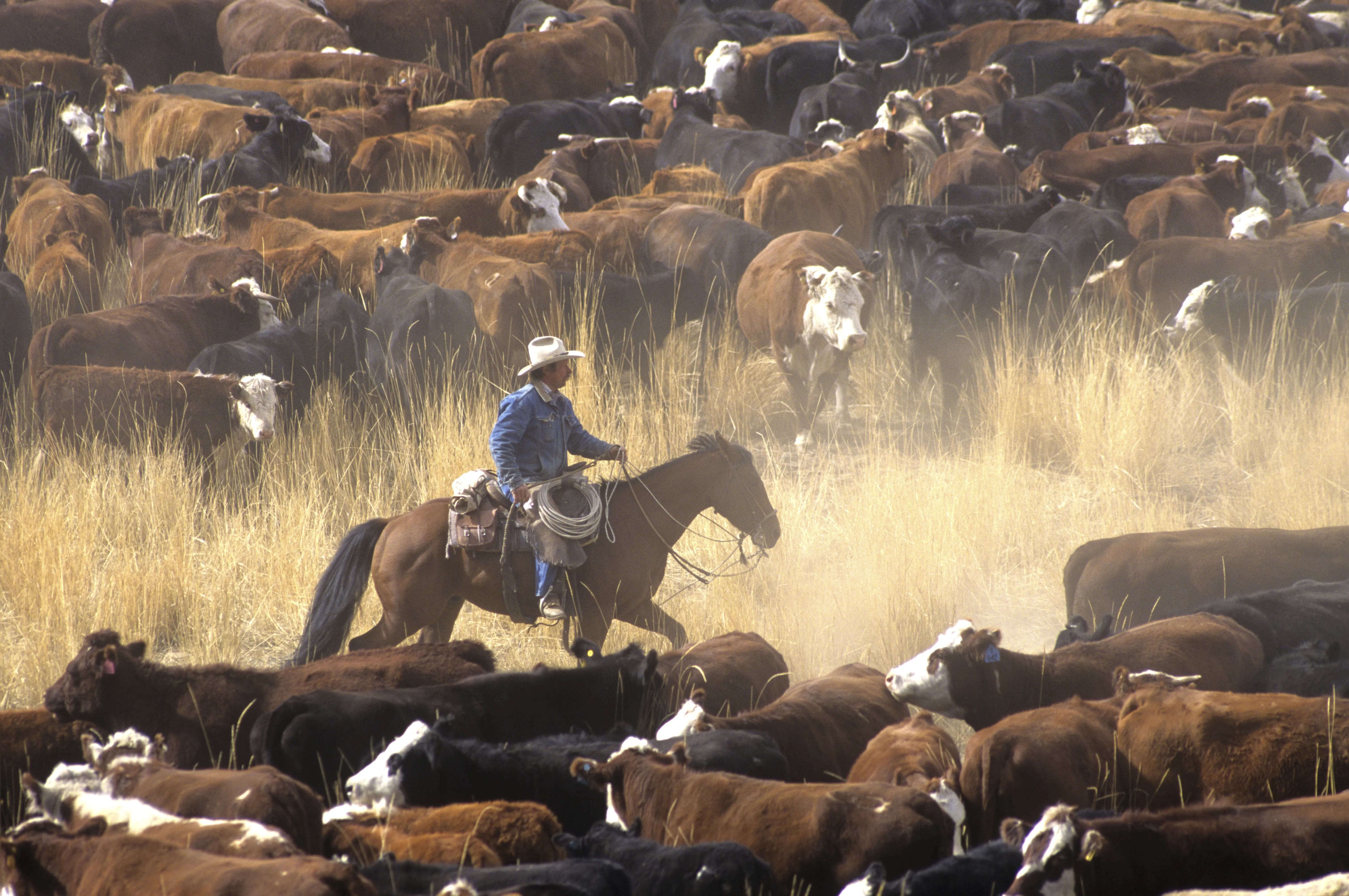
Cover crops: A mighty force for land health, with room for growth
iStock - IMNATURE
Click play to listen to this article.
(Minnesota News Connection) When Minnesota farmers watch their crops grow this summer, some will monitor land that has better soil health. It's because of a fairly popular conservation tool, and supporters are calling for more "real-time" data to measure progress.
Cover crops are plants grown between commodity crops to prevent soil erosion and nitrates from flowing into nearby waterways, harming water quality and natural resources. In recent years, Minnesota has emerged as one of the better-performing states for participation.

Jon Stevens has adopted the practice for his farm operation north of the Twin Cities.
"There's been years that we've just phenomenal corn yields while you're standing in 10 to 12 inches of beautiful oat grass," he said, "and we did it with reduced fertilizer inputs."
Stevens said that's good news for local creeks that connect with the St. Croix River.
The latest Census of Agriculture, released this year, showed a 17 percent increase in cover-crop acreage compared with 2017. The growth rate has slowed, however, and the report only comes out every five years. The National Wildlife Federation and other groups want to see a more consistent national effort to track participation, making it easier to guide assistance.
Federal programs administered by the U.S. Department of Agriculture help cover expenses for farmers who agree to plant cover crops. Stevens said they have become more flexible, but he suggested certain types of messaging to convince those still on the fence.
"Sign up a five- or ten-acre parcel [of land] and get your cover crops perfected on that five or 10 acres," he said, "and then you can just step into full-scale."
Stevens indicated that approach might help avoid turning off farmers who run into obstacles after making big cover-crop investments. There's also research indicating this practice doesn't always translate to higher yields, but Stevens said that way of thinking needs some fine-tuning.
"We've been taught decades of 'maximize your yield,'" he said, "and it's like, 'Nope, that system doesn't work that way.' You're going to reduce tillage costs."














